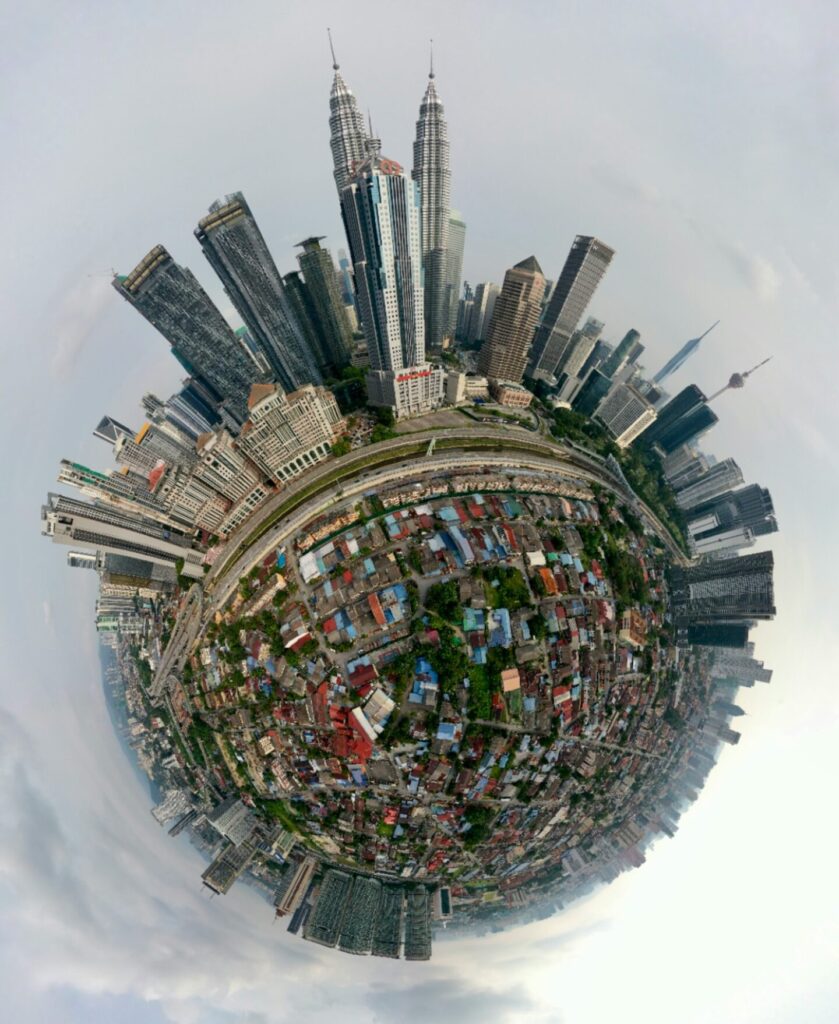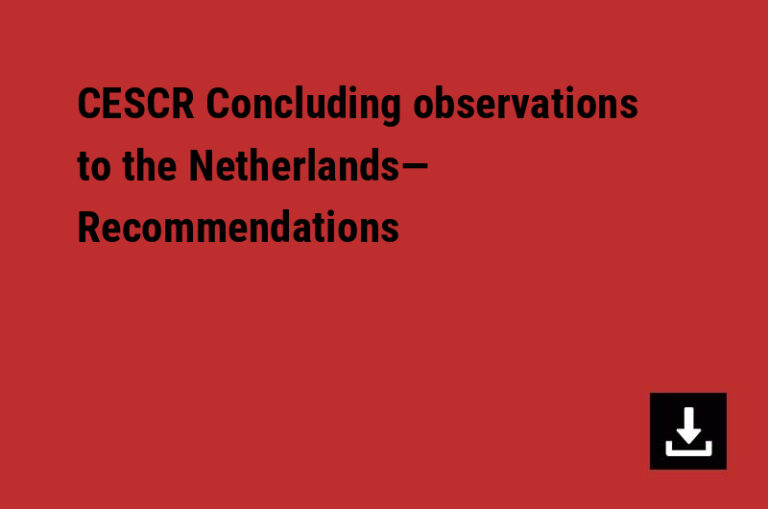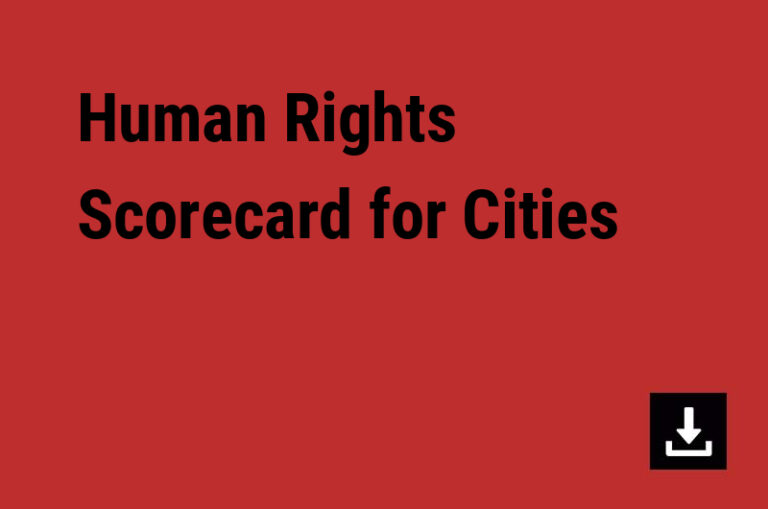World Cities Day 2025 celebrates “People-centred Smart Cities”—a vision worth pursuing and one that requires that we explore what it means to truly center people in our vision of the future.
The smart city narrative promises elegant solutions: sensors, algorithms, and data analytics making cities more efficient, sustainable, and livable. Yet across cities worldwide, these technologies often end up serving goals quite different from resident well-being.
In Hangzhou, China, Alibaba’s “City Brain” system uses AI and surveillance cameras to monitor traffic and public behavior, raising significant concerns about mass surveillance and privacy violations. India’s smart cities mission has channeled billions toward technological infrastructure in cities like Bhopal and Pune, yet critics note these investments have done little to address basic housing, sanitation, or affordability crises affecting millions.
“Innovation districts” follow a familiar pattern worldwide. Barcelona’s 22@ district transformed industrial neighborhoods into tech hubs, with property prices increasing by €3,000 per square meter over a decade, displacing longtime residents. Similar projects promise revitalization but deliver gentrification and exclusion.
AI-powered tenant screening systems increasingly deny housing based on algorithmic assessments that perpetuate discrimination. These systems, now used by landlords globally, often embed biases that would be illegal if implemented by humans directly, yet operate with limited oversight or accountability. When cities address homelessness through technology, the pattern intensifies. Across multiple continents, municipalities deploy apps for reporting encampments and “hostile architecture” designed to prevent sleeping in public spaces. Technology becomes a tool for making poverty invisible rather than addressing its causes.
The human rights framework reveals what’s at stake: the right to privacy, the right to the city itself, to inhabit and shape urban space, the right to housing when algorithms determine access, and the right to non-discrimination when AI amplifies existing inequalities.
Are we centering what all manner of people in these cities really need to live in peace and dignity and then using technology to deliver it? Or are we “centering” the residents of these cities by corralling them into “smart” mazes that make their lives more expensive and that they can’t opt out of?
Technology itself isn’t the issue. Barcelona developed a digital sovereignty strategy requiring municipal control over citizen data. Amsterdam created ethical AI guidelines demanding transparency and community consent before deployment. These examples show that different choices are possible.
The critical questions remain: Who controls the technology and citizens’ private data? Whose interests does it serve? Who consents to its deployment? Who benefits and who bears the costs?
As the world grows increasingly urban, these questions become existential. By 2050, nearly 70% of humanity will live in cities. Whether those cities use technology to concentrate power or distribute it, to exclude or include, to extract or serve—these decisions will shape the lived reality of billions.
World Cities Day invites us to imagine people-centered smart cities. The human rights framework demands we ask: Are we building cities where technology serves human dignity, or where people serve technological systems designed by and for profit?
The answer determines whether “smart cities” become instruments of justice or just another mechanism for making inequality more efficient.



